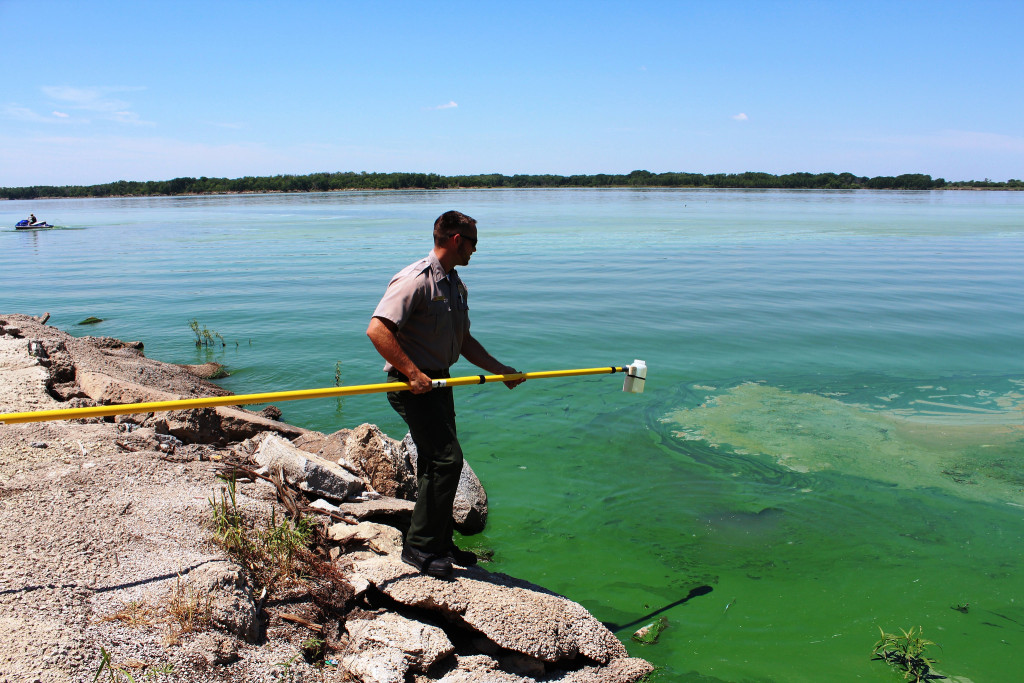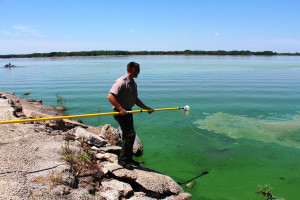
It may seem like we are constantly talking about toxic algal blooms – in the ocean, in lakes, and in rivers. That’s because they are occurring with greater frequency and are posing a greater threat than they have in the past.
A recent study at Oregon State University looked at the overall situation and concluded that blooms of toxic cyanobacteria – or blue-green algae – are a poorly monitored and under-appreciated risk to recreational and drinking water quality in the United States.
The increasing occurrence of these blooms has been associated with rising temperatures and carbon dioxide levels as well as the presence of wastewater nutrients and agricultural fertilizers in rivers, lakes and reservoirs.
Currently, there is no mandated testing for cyanobacteria under either state or federal water regulations. There is also no required reporting of disease outbreaks associated with algal blooms. This casual attitude is not likely to persist as more illnesses and outbreaks occur.
The toxic bloom in Lake Erie last year and the current giant algae bloom along the US Pacific Coast are among the more publicized algae events. But most algal blooms remain unannounced and unmonitored until the unfortunate illnesses or deaths of pets, livestock and wild animals that drink contaminated water. Boiling the water does not destroy the toxins but carbon filtration devices are effective in reducing health risks.
One can’t tell whether an algal bloom is toxic just by looking at it. Until better and more comprehensive monitoring standards are in place, it is best to avoid water recreation on a lake or river where green, paint-like surface scums are present.
**********
Web Links
Toxic blue-green algae pose increasing threat to nation’s drinking, recreational water
Photo, posted July 9, 2014, courtesy of Kansas City District U.S. Army Corps of Engineers via Flickr.
Earth Wise is a production of WAMC Northeast Public Radio.
